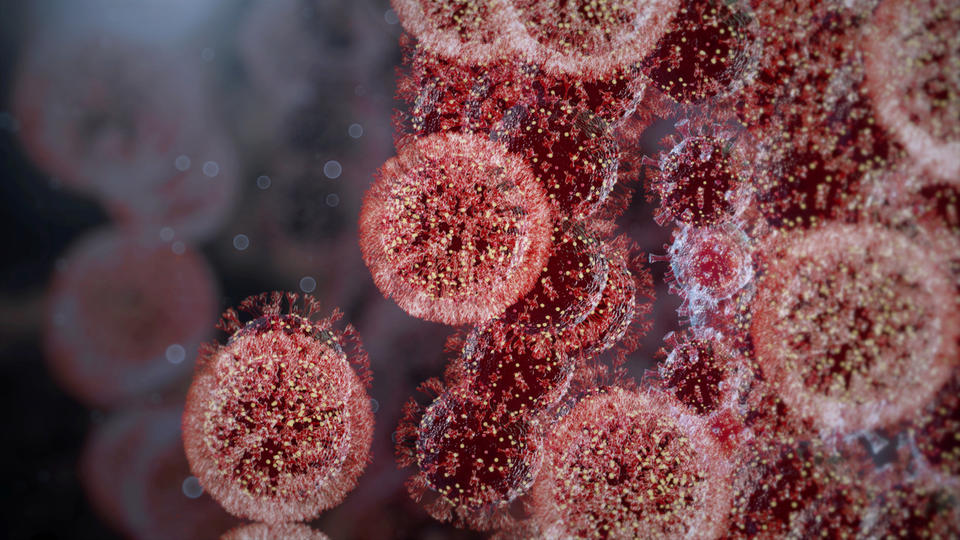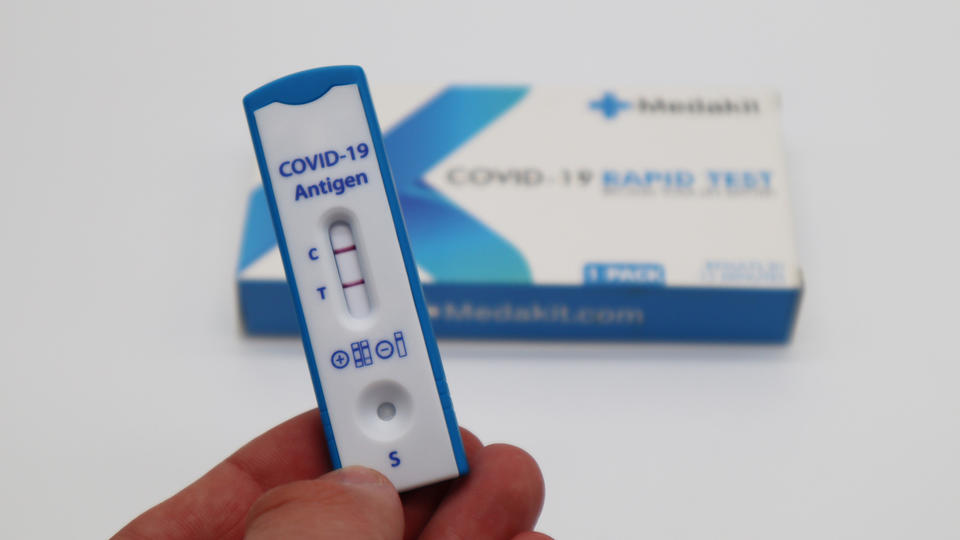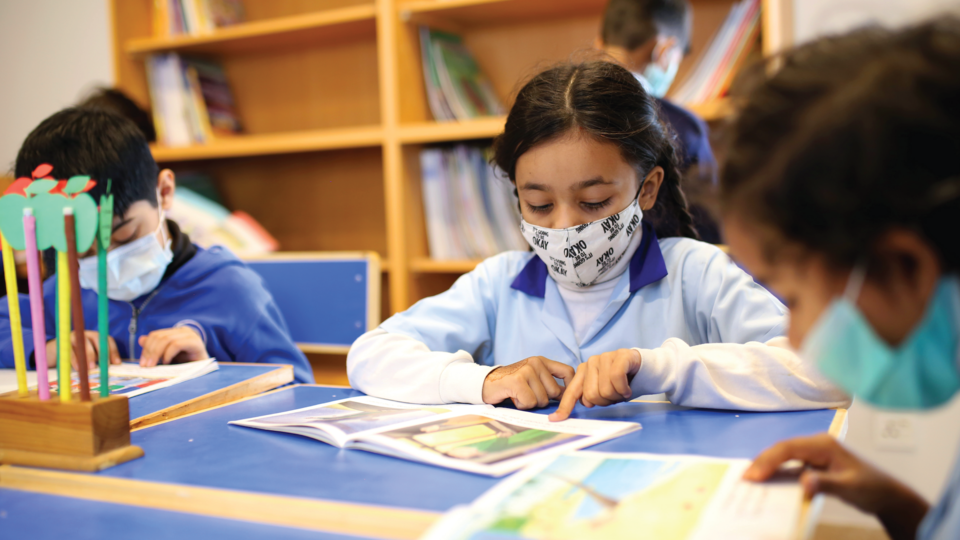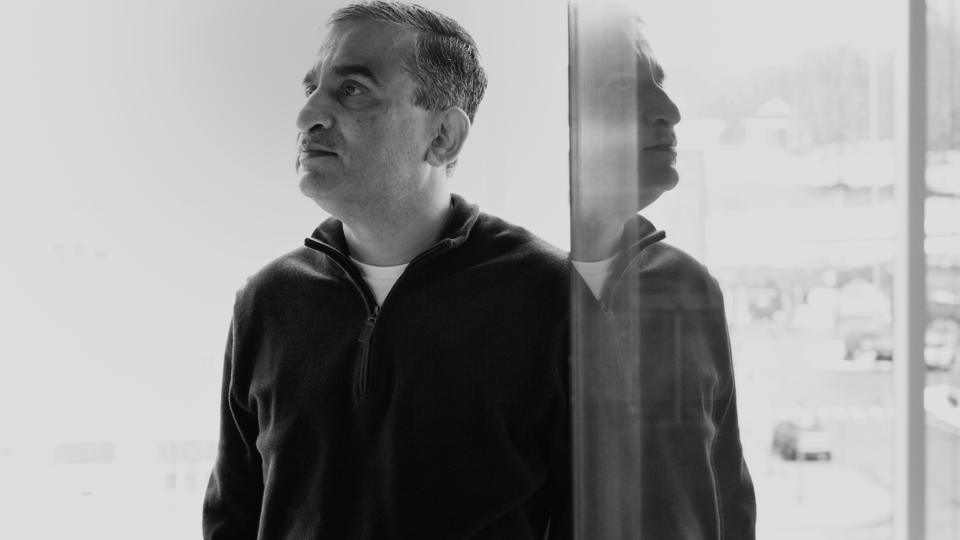News
News Stories
Just one metric from the Virginia Department of Health and the University of Virginia’s Biocomplexity Institute shows every health district in the Commonwealth is in the middle of a "growth" or "surge" trajectory. This means there is no longer an area in Virginia, from a health district standpoint, where the trajectory is considered "declining."

The Bacterial and Viral Bioinformatics Resource Center (BV-BRC), a beta website that launched in February, “is one-stop shopping for your bacterial or viral genomic research,” said Ron Kenyon, a senior scientist in the Network Systems Science and Advanced Computing division of UVA’s Biocomplexity Institute.
A bridge-builder in the health district, a pair of professors who helped wrongfully convicted persons and a trio of scientists who analyzed the coronavirus early in the pandemic have been awarded this year’s University of Virginia public service awards.

A research team from the University of Virginia’s Biocomplexity Institute was recognized with the UVA Provost’s Office Award for Collaborative Excellence in Public Service. As representatives of the Biocomplexity Institute’s COVID-19 Response Team, Jiangzhuo Chen, Bryan Lewis, and Srini Venkatramanan were recognized for their service to the University, the Commonwealth of Virginia and federal authorities during the pandemic, and which continues today.
The question on everyone's mind is whether the U.S. will have an easy, COVID-free spring, or if we're in for a resurgence in cases as the BA.2 variant of Omicron becomes dominant. Bryan Lewis, MPH, PhD, of the University of Virginia's Biocomplexity Institute, uses sequencing data and other information from COVID-19's past trajectory to model and project various scenarios for case rates, variants, and more.

While sequencing efforts are better than before, experts say there's a long way to go. The only certain thing about the future of SARS-CoV-2 variants is that nothing is certain -- but researchers are doing their best to keep an eye out for the next troublesome variant, even in the face of numerous challenges.

Contagions, severe weather, natural disasters, civil unrest – whatever data scientists are forecasting using network models, simulation-based methods are often the most effective, according to researchers at the University of Virginia Biocomplexity Institute and Princeton University, whose findings were published in the paper, “Fundamental Limitations on Efficiently Forecasting Certain Epidemic Measures in Network Models,” by PNAS (Proceedings of the National Academy of Sciences).
The continued uncertainty means there’s a range of potential outcomes for the pandemic. The Biocomplexity Institute, which has been modeling COVID-19 in Virginia since the early days of the virus, separated them into several categories based on immunity and the potential for new viral variants.

VDH and the UVA Biocomplexity Institute both suggest we may have just passed the peak of the omicron variant. This is based on past models that have been accurate on predicting trends, but not exact numbers.

Researchers from UVA’s Biocomplexity Institute and School of Engineering and Applied Science, working with a team of multi-disciplinary scientists from around the world, have spent the last two years developing highly advanced computational models designed to inform policy makers, save lives and prepare for future global epidemics.



















